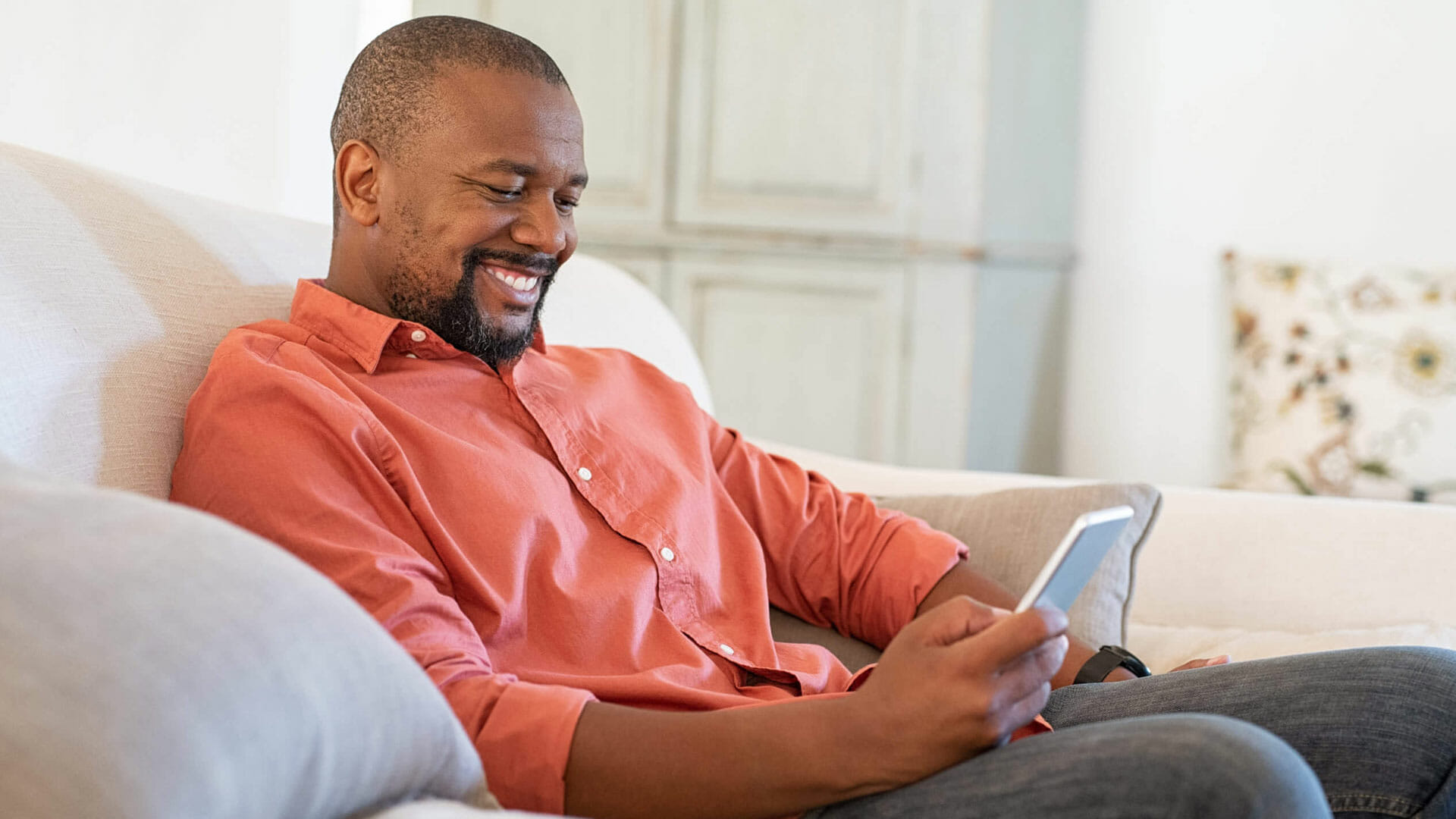
Integrating Smart Home Technology With Your Security System
Smart home technology includes a vast variety of wirelessly connected devices. When it comes to entertainment and daily comfort, you can control TVs, music devices, thermostats, and lighting, all from a phone or other smart device. But home automation also allows for greater control over your home’s security: door locks, garage door openers, motion detectors, security systems, and more. Automation allows you to ensure your home’s security, even when you’re away.
With the advancements in home automation technology, and the growing versatility of devices and control hubs, it’s clear to see why so many homeowners are adopting smart home technology: ease of use, reliability, and home security, all at your fingertips.
If you want to better protect your home and are considering equipping your home with the latest smart home technology, it’s important to understand the options that are available, so you can get the most security out of your smart home setup.
The great thing about smart home systems is that there is a near endless combination of components and products, all of which you can control from your phone. And one way to build a smart home is to purchase every device you see on the store shelf. But that can become expensive, time consuming, and impractical.
A better way to build a smart home is by narrowing your focus. There are plenty of smart devices that you don’t really need, and therefore won’t ever use. By focusing on only the features that you need, you can build a practical and functional smart home at a reasonable price.
And by starting small, with just a few essential devices, you’ll build a connected foundation which you can easily expand in the future.
Below are four essential home security enhancing smart devices that you can install today, without worrying about system or installation complexity.
Lights
Smart lights play a crucial role in home security. Having your lights off is a telltale sign that you’re not home. This leaves your home more vulnerable to intrusion. But with smart lighting, you can make it look as if you’re home, decreasing the chance that a criminal snoops around and tries to break into your home.
Smart lights come in four forms. They are either Z-Wave enabled or Zigbee enabled, or connected via WiFi or Bluetooth. Z-Wave enabled smart devices have various advantages over WiFi, Bluetooth, and Zigbee devices. Namely, Z-Wave is a closed protocol, which means every Z-Wave device is interoperable and you should never experience connection issues. The same can’t be said for other smart device platforms, which can cause interference and connection issues.
For those with more advanced smart home setups, lights must be connected via a hub, which is a central control station that streamlines control of every smart device in your home. Many smart hubs are compatible with multiple smart protocols, so you don’t necessarily have to stick with Z-Wave devices over WiFi devices, for example. You also won’t have to worry about replacing anything in the future, should you continue to add smart devices to your home.
Installing and controlling smart lighting is straightforward. Smart lights screw directly into your existing fixtures. To control the lights, just download the app that comes with the smart lights you purchased and follow the setup instructions.
Smoke Detectors and Carbon Monoxide Detectors
Typical smoke and carbon monoxide detectors are inherently limited—they don’t directly alert you when they detect smoke and/or carbon monoxide. That’s a major problem when it comes to home security: if you’re not home during an emergency then you cannot notify local authorities, and the resulting fire damage could be extensive.
Connected smoke detectors are programmed to send a notification to your phone when they detect smoke or hazardous gas, no matter where you’re located. Many companies offer connected smoke detectors that are easy to install in place of old-style, non-networked smoke detectors. You can purchase either a battery powered or a hardwired connected detector. Once installed, just pair them with your phone via the app that comes with the devices. You can then configure notification settings so that the system will notify you during an emergency.
Some security companies offer 24/7 alarm monitoring, which you can take advantage of with monitored smoke and carbon monoxide detectors. With a monitored system, a team of trained agents will verify the emergency situation and then dispatch emergency services to your home.
A professionally monitored smoke and carbon monoxide detection system is an extra layer of security against fire and carbon monoxide gas. Whether you decide to go with standalone detectors, or a system that is professionally monitored, with connected smoke detectors you’ll remain in the know about smoke and fire at your home.
Door Locks
We’ve all been there: in a hurry, rushing out to the car, forgetting to lock the door. When you finally realize it, you’re miles away from home, and already in danger of being late to work or a social obligation.
An unlocked door puts your home at serious risk of intrusion. Even if a burglar doesn’t know the door is unlocked, they might try it and then let themselves right in.
You can mitigate this risk with smart door locks that can be controlled from anywhere, at any time. Smart door locks work just like smart lights and smart detectors: install them on your door, connect to them via an app, and you’re all set. If you ever forget to lock your door when you leave, you can just pull out your phone and lock them when you arrive safely at your destination.
Smart locks are also great if you’re expecting visitors, but you aren’t home. You just have to confirm that they have arrived, click a button, and they’ll be able to walk right in.
Security Cameras
Quality home security cameras help you keep an eye on your home while you’re away. In the past, many security camera systems played back video on an integrated, closed-circuit television. To view the footage, you would have to be at home and in front of the monitor. But now, nearly all home security cameras transmit footage directly to your smartphone. Not only can you view live video, but you can also save and send video clips—important features for when you need to share footage with law enforcement.
You can go with a single doorbell camera or a whole home security camera system. A single doorbell camera can be installed in the span of a few minutes, and configuring camera settings (including how sensitive the camera is to movement) is relatively easy. A more robust camera system must be installed by a security company and will come with added benefits, like comprehensive home security coverage and technical support.
With smart home devices, you can become a more informed and more secure homeowner. Smart devices keep you connected to your home, in control of important functions, and help mitigate risks when it comes to fire and intrusion. If you’re interested in equipping your home with smart devices to improve security, the home automation experts at Bay Alarm can help!

